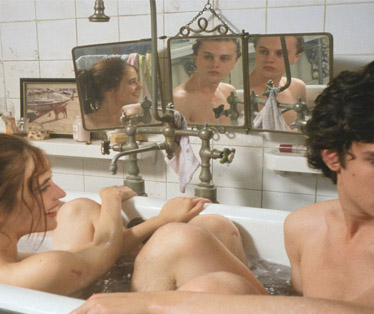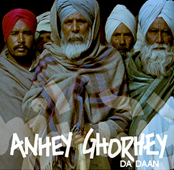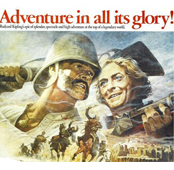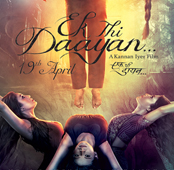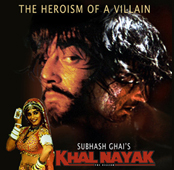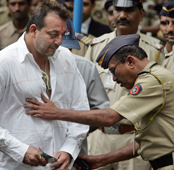-
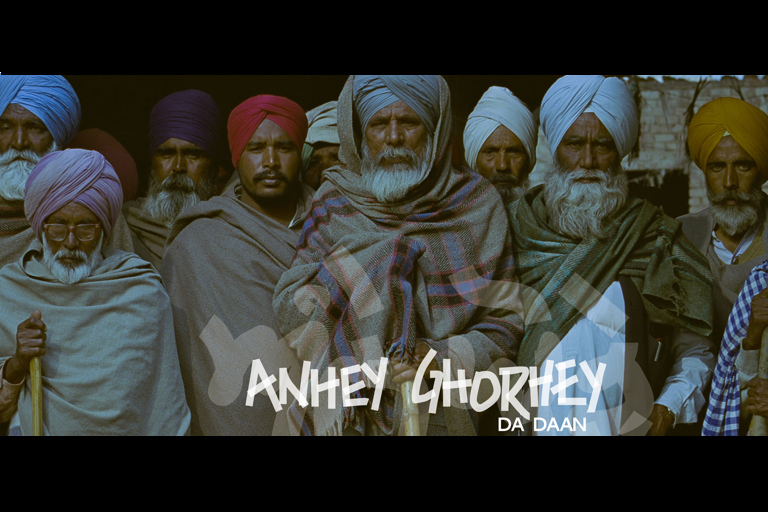 Poster of Anhey Ghorhey Da Daan; Director: Gurvinder Singh
Poster of Anhey Ghorhey Da Daan; Director: Gurvinder Singh -
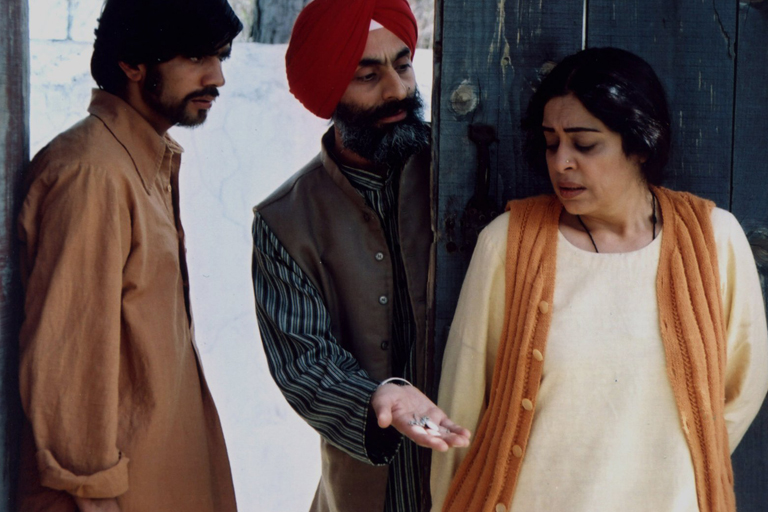 A still from Khamosh Pani; Director: Sabiha Sumar
A still from Khamosh Pani; Director: Sabiha Sumar -
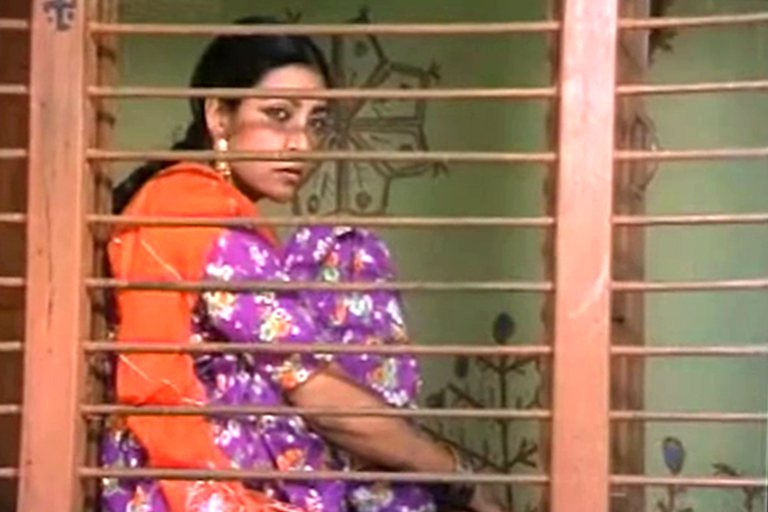 A screenshot from Marhi Da Deeva; Director: Surinder Singh
A screenshot from Marhi Da Deeva; Director: Surinder Singh -
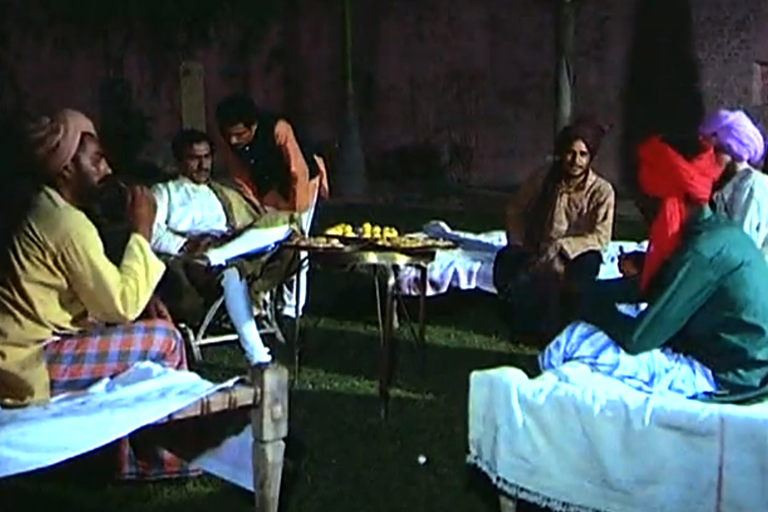 A screenshot from Chann Pardesi; Director: Chitrarth Singh
A screenshot from Chann Pardesi; Director: Chitrarth Singh -
 A screenshot from Nanak Naam Jahaz Hai; Director Ram Maheshwari
A screenshot from Nanak Naam Jahaz Hai; Director Ram Maheshwari
Nirupama Dutt recommends Punjabi films you must watch, and tells you why.
Anhey Ghorhey Da Daan (English title: Alms for a Blind Horse), directed by Gurvinder Singh and produced by the National Film Development Corporation of India, has proved to be a breakthrough in Punjabi cinema. Released in 2011, this is the first Punjabi film from India to have travelled to several international festivals. It premiered in the ‘Orizzonti’ section at the 68th Venice International Film Festival. It bagged one of the Black Pearl Awards (the $ 50,000 Special Jury Award) at the Abu Dhabi Film Festival. It has also been shown also at the 55th BFI (British Film Institute) London Film Festival and the 16th Busan International Film Festival. And it won awards for Best Direction and Best Cinematography at the 59th National Film Awards, as well as the award for the Best Feature Film in Punjabi. Anhey Ghorhey…, based on a 1976 novel by the Jnanpith Award-winning Punjabi novelist Gurdial Singh, is set in a Dalit village near Bathinda. It begins at the point where an old man’s house, on the outskirts of the village, has been demolished to make way for a factory (the landlord, who owns the village plots the contract farmers derive their livelihood from, has sold them to an industrialist). At dawn, the elders of the village, march silently to the spot to offer their condolences. The old man’s son is a cycle-rickshaw puller in a nearby town and is involved in a strike which turns violent. In such a setting, Anhey Ghorhey… follows a day in the life of a family. Through slow and studied camera work (by debutant cinematographer Satya Rai Nagpaul), stunning compositions, and the portrayal of villagers by non-actors whose weather-beaten faces tell stories of years of suppression—more with silences than with dialogue—the film takes an unbiased look at the struggles of the landlord, and the Dalit labourers in the farms and in the cities. Although it has won much critical acclaim, this was not a film the masses could relate to. Possible reasons for this could be the poor quality of average Punjabi films and also the stark offbeat treatment by Gurvinder, who had acclaimed Indian filmmaker Mani Kaul as a mentor, whom he dedicates the film to.
Khamosh Pani (English title: Silent Waters), made in 2003 and directed by Sabiha Sumar, is another offbeat Punjabi film from Pakistan that is a Franco-German production. The film tackles issues like religious fundamentalism as well as the plight of women in Pakistan. Set in 1979, during the dictatorial regime of Zia-ul-Haq, the film tells the story of a widow Ayesha and her son Salim who live in the village of Charkhi, in Pakistan’s Punjab. The peace of the village is shattered by the arrival of two radicals seeking recruits for the jehad and, while many of the village elders are cynical about their cause, they find supporters among the young. Salim is increasingly drawn towards religious bigotry and, despite his mother’s discouragement, joins the fundamentalists. Tensions are further heightened by a state sanctioned visit from Sikh pilgrims which unveils a long-held secret. Yet, despite all its twists and turns, Khamosh Pani refrains from over-dramatization and delves into myriad issues with great subtlety and poignancy. The film contains an excellent performance from Kirron Kher as the protagonist. Khamosh Pani won the Golden Leopard, the top prize at the 56th Locarno International Film Festival held in Switzerland. Also, Kher received the Bronze Leopard for Best Actress.
Marhi Da Deeva (The Last Flicker) was a 1989 film made by Surinder Singh and based on Gurdial Singh’s classic 1964 novel of the same name. This was the first Punjabi novel to feature a Dalit labourer as protagonist. The Dalit protagonist Jagseer’s story is set in the late fifties, the post-Nehruvian phase of independent India, which saw many dreams die. Within a decade of freedom, there was a great deal of disillusionment with the professed model of socialism. Jagseer’s despondency symbolizes the mood of the nation. Hailed as the first Punjabi novel of social realism, widely translated in Indian and foreign languages, Marhi Da Deeva—which literally translates into ‘the lamp at the grave’—remains till date the most discussed and debated work in Punjabi literature. The novelist’s triumph lies in bringing to centre-stage a low-caste oppressed man and telling his story in so humane a manner that it becomes a part of the collective psyche. The film remains faithful to the narrative in the book and forwards its ambitions. The cast includes some well known names like Raj Babbar (who plays the protagonist), Deepti Naval, Parikshit Sahni and Pankaj Kapur in important roles. The film’s music was composed by Mahinderjit Singh. Marhi Da Deeva also received the National Film Award for Best Feature Film in Punjabi.
Chann Pardesi, directed by Chitrarth Singh, was a unique Punjabi film released in 1980. Unique, because it won critical acclaim (and the National Film Award for Best Feature Film in Punjabi) and was also a commercial success. Unfortunately, the fine standards set by it could not be met by the shaky post-Partition Punjabi film industry. The star cast includes names like Raj Babbar, Om Puri, Kulbhushan Kharbanda, Amrish Puri, Rama Vij and Rajni Sharma. The plot of the film, a saga spanning two generations, revolves around recurring Punjabi film themes of love, revenge and separation, culminating in penance, and a final coming together of key characters. Shot in rural Punjab, it had songs set to lilting, folksy music by Surinder Kohli.
Nanak Naam Jahaz Hai is another National Award-winning film directed by Ram Maheshwari and released in 1969. It stars Prithviraj Kapoor, I.S. Johar, Nishi and Vimi. This was the first major Punjabi ‘hit’ in post-independent India. The film is a family drama with an underlying devotional theme. The plot revolves around a family in, a newly independent India, that gets divided and eventually reconciles. Its music, by S. Mohinder, with playback singing by Shamshad Begum, Asha Bhosle, Manna Dey and Mohammad Rafi, is popular to this day. The film has shots of some of the most prominent gurdwaras in India. When the film was released, Punjabi Sikhs were rapturous. They distributed prasad in the cinema halls and women covered their heads on occasion while watching the film. Nanak Naam Jahaz Hai spawned several films in the religious genre, such as Mann Jeete Jag Jeet, Dukh Bhanjan Tera Naam and Nanak Dukhiya Sab Sansar. However, the response to the first remains unbeaten till date.
From the Land of 5
OpinionJuly 2013
 By Nirupama Dutt
By Nirupama Dutt
Nirupama Dutt is a poet, writer, journalist and translator of many seasons who lives and writes out of Chandigarh and Gurgaon. She writes in Punjabi and English. She has won the Delhi Punjabi Akademi Award for her anthology of poems ‘Ik Nadi Sanwali Jahi (A Stream Somewhat Dark)’. She has co-edited ‘Our Voices’, an anthology of SAARC (South Asian Association for Regional Cooperation) poetry and translated and edited ‘Half the Sky’, a book of fiction by Pakistani women writers, and ‘Children of the Night’, an anthology of resistance literature from Pakistan. Her poetry has been translated into English, Hindi, Kannada, Bengali and Urdu and featured in various anthologies. She has been a journalist for over 30 years and has worked for and written in some of India’s leading publications. She is also the convener of a women’s study group called Hamshira. She describes herself as a 'successor of Manjit (Tiwana, a renowned poet and a friend)' and a 'daughter of Amrita (Pritam, the renowned 20th century Punjabi poet, novelist and essayist)'.



